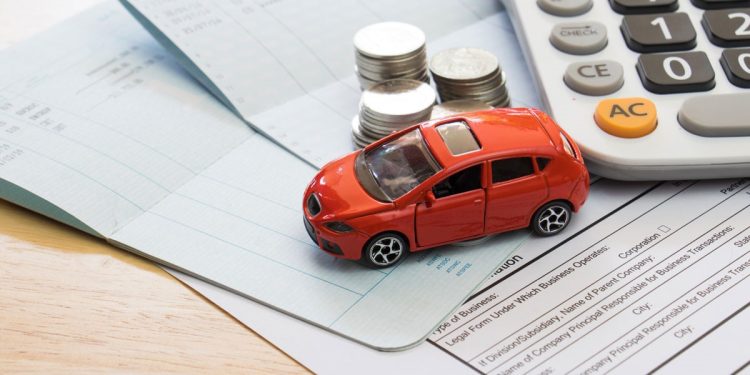In a surprising twist, cars have become more expensive than homes in South Africa. This development is indicative of deeper economic issues within the country, such as inflation, a depreciating currency, and changing consumer behavior. Understanding this shift is crucial for grasping the current state of the South African economy and its impact on the average citizen. Here, we explore the reasons behind this phenomenon and its broader implications.
The Escalating Cost of Cars
The price of new cars in South Africa has seen an unprecedented rise in recent years, driven by several factors. The South African rand’s depreciation against major currencies has played a significant role, making imported vehicles considerably more expensive. Furthermore, global supply chain disruptions, caused by the COVID-19 pandemic and ongoing geopolitical issues, have increased production costs. Automakers have passed these costs onto consumers, resulting in steep price hikes for new vehicles.
Stagnation in the Housing Market
While car prices have surged, the South African housing market has experienced little growth. Several factors have contributed to this stagnation, including high unemployment, economic uncertainty, and stricter lending criteria from banks. The result is that in many areas, the price of a new car now rivals or exceeds the cost of purchasing a home, a scenario that would have seemed unthinkable just a few years ago.
Economic Forces Behind the Shift
The disparity between car and home prices in South Africa can be attributed to several key economic factors:
- Currency Weakness: The weakening rand has made imported goods, including cars, more expensive for South African consumers.
- Global Supply Chain Issues: The pandemic and geopolitical tensions have disrupted supply chains, increasing costs and delays for vehicle production.
- Inflationary Pressures: Rising inflation has led to higher costs for goods and services across the board, including vehicles.
- Housing Market Dynamics: Economic instability and tight credit conditions have led to stagnation in the property market, keeping home prices relatively flat.
Shifting Consumer Preferences
Another contributing factor to this trend is a shift in consumer priorities. In urban areas, where owning a vehicle is often necessary for commuting and daily life, many South Africans are prioritizing car ownership over homeownership. The perception of cars as status symbols and the increasing need for reliable transportation have driven demand, even as vehicle prices continue to rise. This shift in priorities is reflective of broader changes in lifestyle and economic realities.
The Impact on South African Households
The rising cost of cars relative to homes is reshaping household budgets and financial planning. Traditionally, homes have been seen as long-term investments that appreciate in value, while cars are viewed as depreciating assets. However, with cars now consuming a larger portion of household income, many South Africans may find themselves rethinking their financial priorities. This trend could lead to a decrease in homeownership rates and a shift in how people approach savings and investment.
Potential Government and Industry Responses
Addressing this economic imbalance will require coordinated efforts from both the government and the automotive industry. The government could implement policies to stabilize the currency and control inflation, which would help lower the cost of imported vehicles. In addition, measures to stimulate the housing market, such as easing lending restrictions or offering incentives for first-time buyers, could help to restore balance. The automotive industry might also consider increasing local production or introducing more affordable models to better align with consumer purchasing power.
The Road Ahead: Economic and Social Implications
As this trend continues, the South African economy may experience further shifts in consumer behavior and market dynamics. The growing gap between car and home prices could have long-term consequences for the country’s economic stability and social fabric. For individuals, this means re-evaluating financial goals and considering the implications of prioritizing car ownership over property investment. The future will depend on how effectively the government and industry respond to these challenges.





